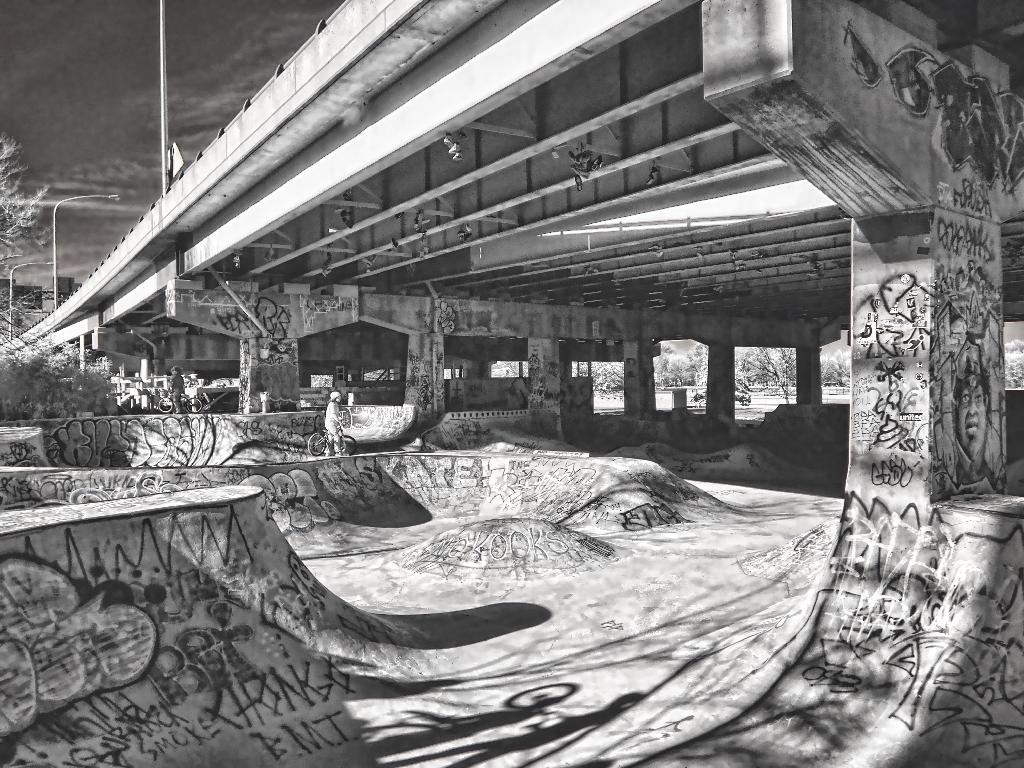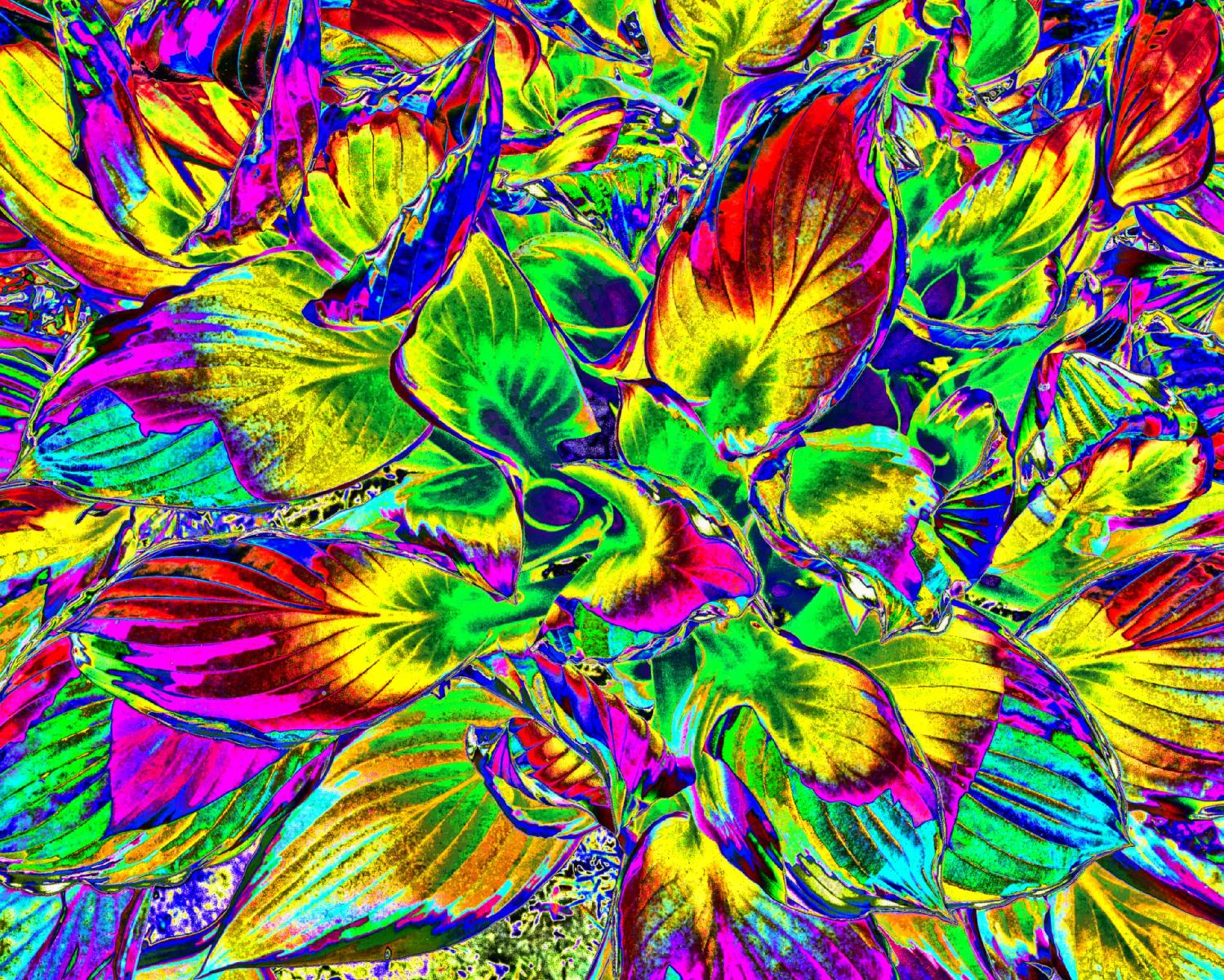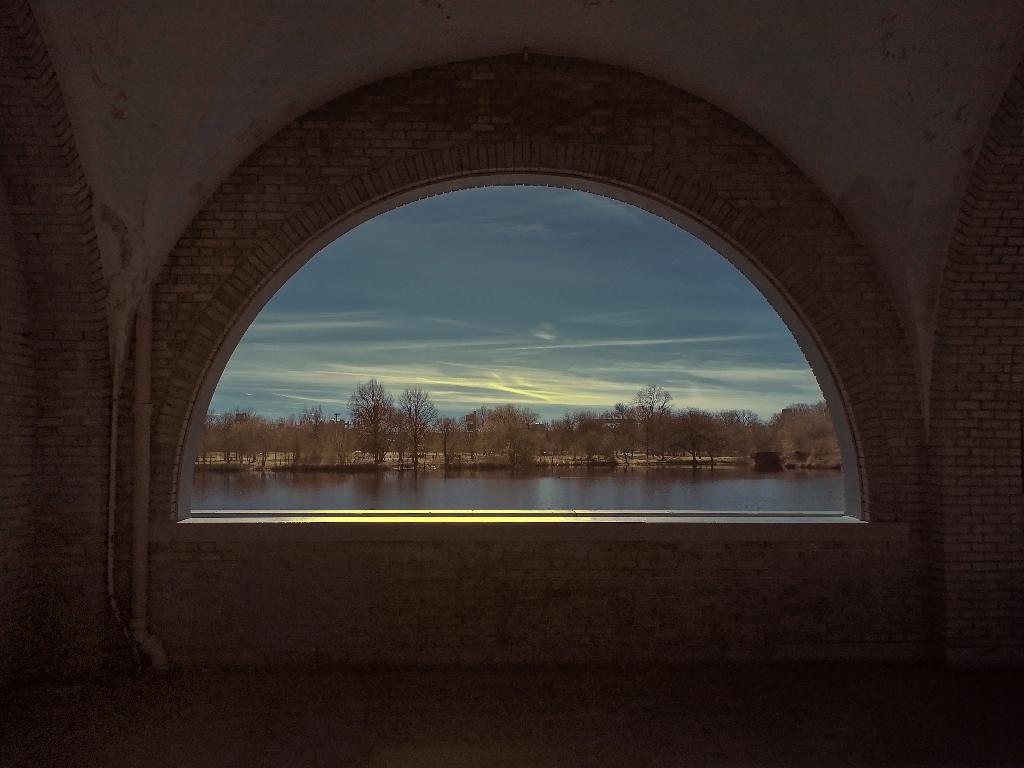Fred Moore's
Infrared and Enhanced Photography
Born in Tennessee and raised in Connecticut, Fred Moore moved to the Philadelphia area in 1969. Moore recalls, among his earliest childhood memories, a black and white snapshot album of his parents’ 1941 honeymoon in the Smoky Mountains. The magic in the shadows and the angles of light in the trees and in the rocks and streams brought him back time and time again to view these images, generating a fascination and long-held interest in being behind the camera. His recent work ranges in subject matter and approach from fairly straight-forward landscapes to studies of color and composition that the eye can process as both representation and abstraction.
Moore worked with manual exposure for many years and eventually took up digital photography. Its instant feedback allows, the artist observes, “infinite opportunities to make critical adjustments towards perfection.” About 10 years ago, he became, “intrigued with infrared photography and its monochromatic similarity to black and white, but with the option to work with warmer tones of red and blue.” The ability to play with visible and infrared light via filters and processing software creates a distinctive palette.
In “FDR Skate Park,” the play of light and shadow on the graffiti-covered skateboarding surface, and on the columns supporting the I-95 overpass, suggests an other-worldly temple. The jumble of graffiti tags could be runes, applied by the temple’s “priests” – the cyclists whose presence is nearly camouflaged by the multiple layers and perspectives of the cityscape. The windmill of “Huntingdon Windmill” is located in the center-background of the photograph, seen through a natural arch created by trees in the foreground and by Moore’s choice of angle. Although both works are in black and white, the intensity of shading invites the viewer’s imagination to supply its own colors.
His enhanced photograph, “Laughing Out Loud,” exemplifies Moore’s dexterity with intense colors and startling contrasts. The “day-glo” hues he chooses for the plant leaves depicted are reminiscent of some of the best psychedelic artwork. Although the colors in “Gold Continuation” are more subtle, the composition of foliage is no less dramatic. The overlapping networks of veins in the leaves supply currents of motion that draw the viewer’s gaze around and across the picture, with pleasant juxtapositions at every turn.
Even Moore’s seemingly conventional landscapes reveal themselves as anything but ordinary. “2 Da Temple” features an arched, pale-gold, brick boathouse that juts into the center of the picture plane from left to right, “pointing” to a small gazebo and surrounding water in the background. Wisps of cloud brighten an otherwise slate-dark sky. Similarly, “Pipe Dream” presents some of the sensations produced by super-realist paintings. An archway frames a landscape of water and foliage, over which the dark blue sky swirls with clouds, apparently backlit by the setting sun. The space around the arch is dark, producing, upon first glance, the illusion that a planet or moon is rising (or setting?) above the horizon. Moore intends to submit some of these photographs to the upcoming Manayunk-Roxborough Art Center’s 7th Annual Juried Show, which opens with a reception and awards presentation Sunday, July 12, 2015. See www.mrartcenter.org for more about this competition/exhibition.
Moore and his daughter, the watercolorist Ellie Moniz, were the featured artists at the Manayunk-Roxborough Art Center in May. An article about Ms. Moniz and images of her work can be found in the recent articles page on this website.
By David P. Kozinski and Krista McKay






Click Above to Return
